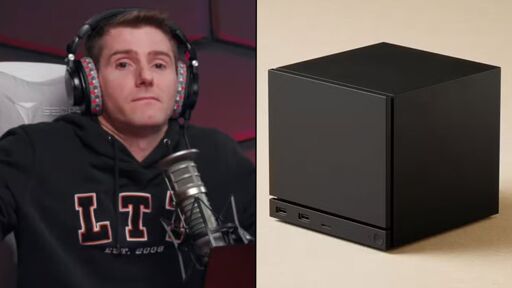“I can’t tell you what the price will be, because I literally don’t know,” he said on the November 15 episode of the WAN show.
“When I said I’m disappointed it isn’t going to follow a console pricing model, where its subsided by the fact that manufacturer is going to be taking 30% of every game sold on it over the lifespan of this thing, because I feel that would be a more meaningful product, they asked what I meant by console price and I said $500. Nobody said anything, but the energy in the room wasn’t great.”



Linus is a dumbass. Tariffs are the reason I’ve seen that this won’t be priced aggressively, at least in the US. Most products going forward will have a new, much higher, normal established by tariffs. This includes next gen consoles.
The full LTT video outside of the WAN show is a lot better. In it he said that a company can just buy a lot of Steam Machines as their office computers giving no Steam sales to Valve and making them take the hit. He also gave a few more justifications as well as tariffs and others I think.
Always been a dumbass, given all the controversies. He should just stop and hand the channel over to somebody else.
Tariffs aren’t applied to PCs.
This is incorrect. The whole supply chain has been disrupted. Starting with the dismantling of de minimus exemptions, anything that was priced under $800 will now be subject to tariffs.
Parts are significantly more expensive and will continue to be so. Tariffs on electronics, computer components, and related goods from China are currently set at 10%-25%. Manufacturers push that cost to the buyer. And they then push it down the line to the consumer. It adds up to outsized consequences on prices for the end consumer.